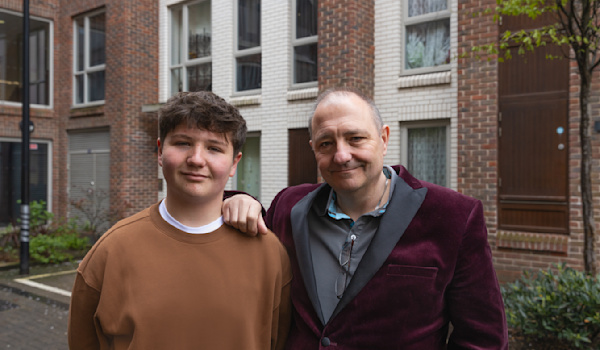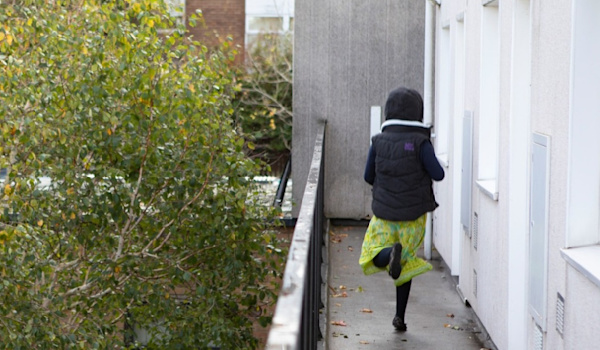Let's build social housing
On 11 June at the Spending Review, Chancellor Rachel Reeves decided the future of social housing for the next 5-10 years. Our campaign urged her to make social housing a priority.
Over 20,000 of you signed our open letter, calling for proper investment in social housing, and a staggering number of you took the fight further by emailing your MPs to say loud and clear: social housing is the only way to end this country’s housing emergency.

Now we have the investment, government must transform social housing and end homelessness
Following the Spending Review, the government has pledged £39 billion for a new ten-year Affordable Homes Programme. This programme funds social rent homes as well as other types of homes. Though this increased investment means more social homes will be built, there is still much more to be done.
We need a target for the number of social homes that the government will build, along with increased investment, to start building 90,000 social homes a year for ten years and end the housing emergency.
Join the campaignWhy isn't there enough social housing?
Social homes have been sold off but not replaced
Social homes have been underfunded compared to other so-called 'affordable' housing
Not enough new social rent homes have been built
So much has been taken away simply by the removal of social housing as a primary option. We were part of a community. Safe, secure, stable.
Chris, who grew up in social housing
The impact of the lack of social housing on society
4,667 people slept rough on any given night last autumn - more than double the numbers from 2021
164,040 children stuck homeless in damaging temporary accommodation - up 15% in a year
1.3 million households on social housing waiting lists - forcing people into unsuitable, unaffordable, and unstable private renting
The solution
Building good-quality social homes is the only long-term solution to fixing this mess that's left people in dire circumstances, struggling both physically and mentally.
We’ve already campaigned to ensure social housing is better regulated and to reduce the price of land to make it more affordable for councils to deliver social homes. We've campaigned for more investment in social housing at June's Spending Review, and now we need to make sure the lion's share of that £39bn investment goes towards building social rent homes.
Did you know?
In 1969 we delivered more social housing than we did in the last 12 years!
The benefits everyone would feel
If we all support the building of new social homes, it'll transform our society, creating an affordable, secure and safe housing system for everyone. It will:
end homelessness by clearing social housing waiting lists, providing stable homes for families in temporary accommodation, and ending rough sleeping
deliver more genuinely affordable homes – social rents are linked to local incomes, so they are the most affordable type of home
be a great investment for the taxpayer – 90,000 new social homes would boost the economy as well as support 140k jobs in the first year
Put simply, social homes are essential for people, communities and society - and right now, it has never been more urgent to fight for them.
Join the campaignMore on social housing

The value of social housing



